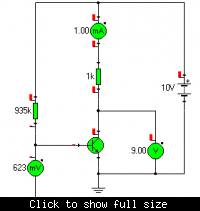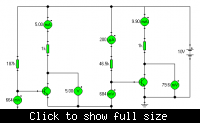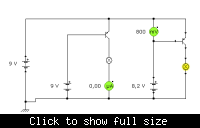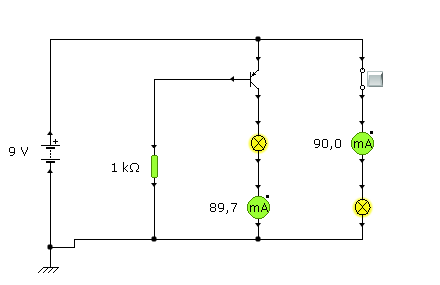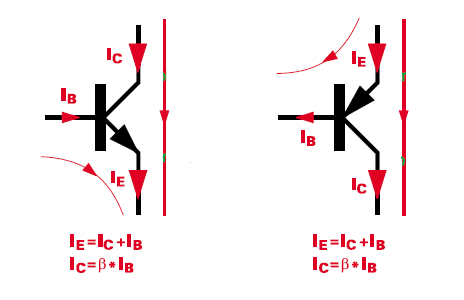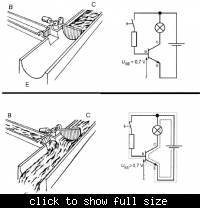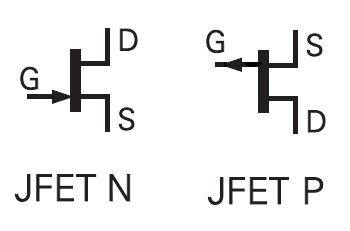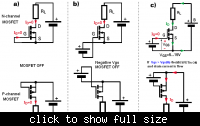PG1995
Full Member level 5

Hi
I wanted to if the saturation point of one transistor varies from another. I think it does which would mean every different make of a transistor has a difference saturation point and the datasheet includes it as one of the characteristics. Please let me know. Thank you.
Regards
PG
I wanted to if the saturation point of one transistor varies from another. I think it does which would mean every different make of a transistor has a difference saturation point and the datasheet includes it as one of the characteristics. Please let me know. Thank you.
Regards
PG



